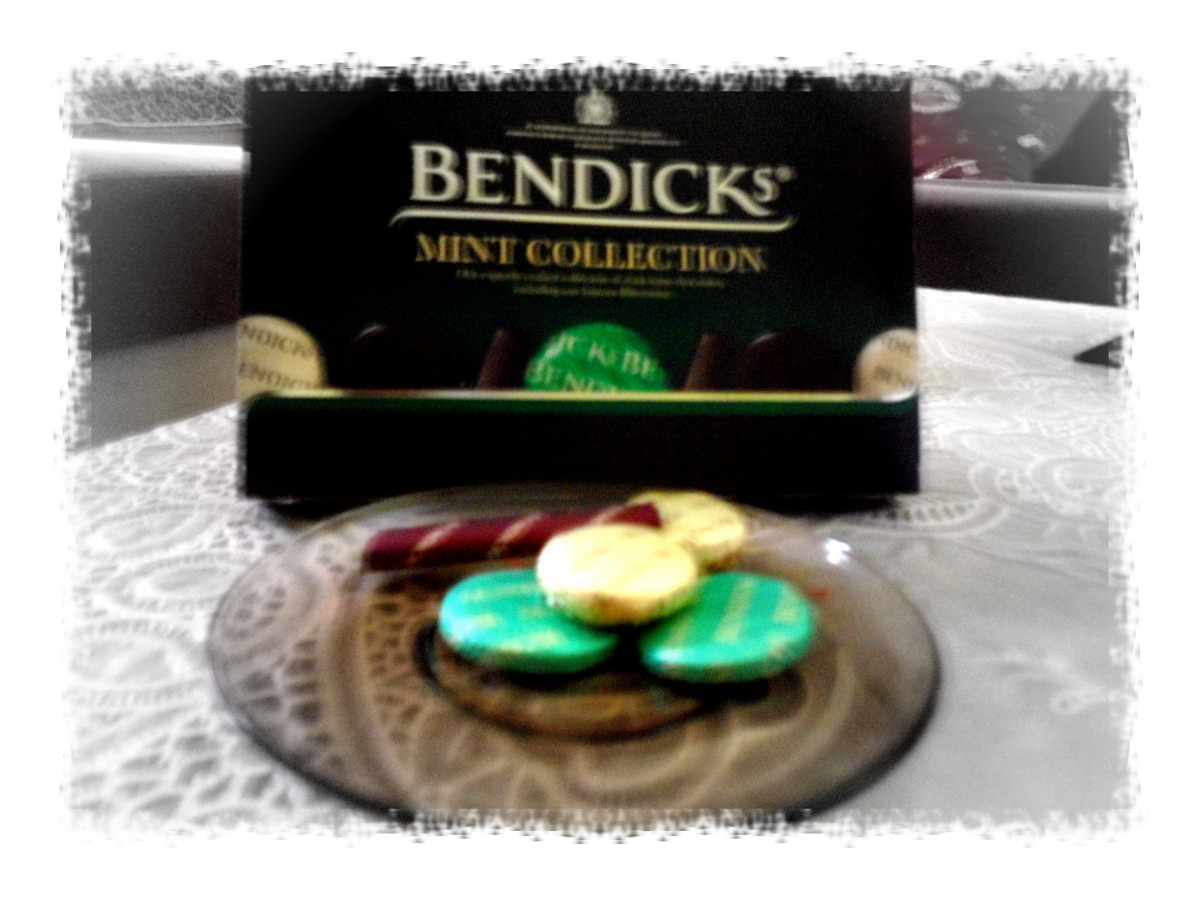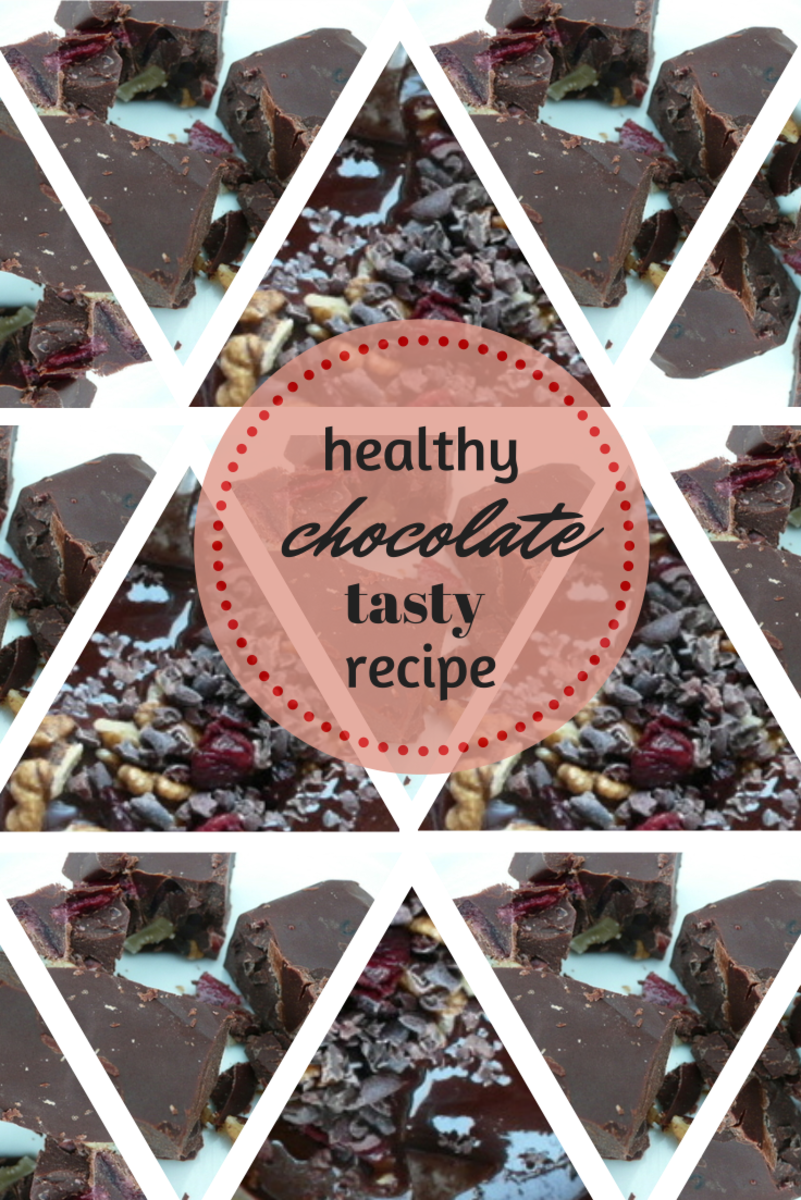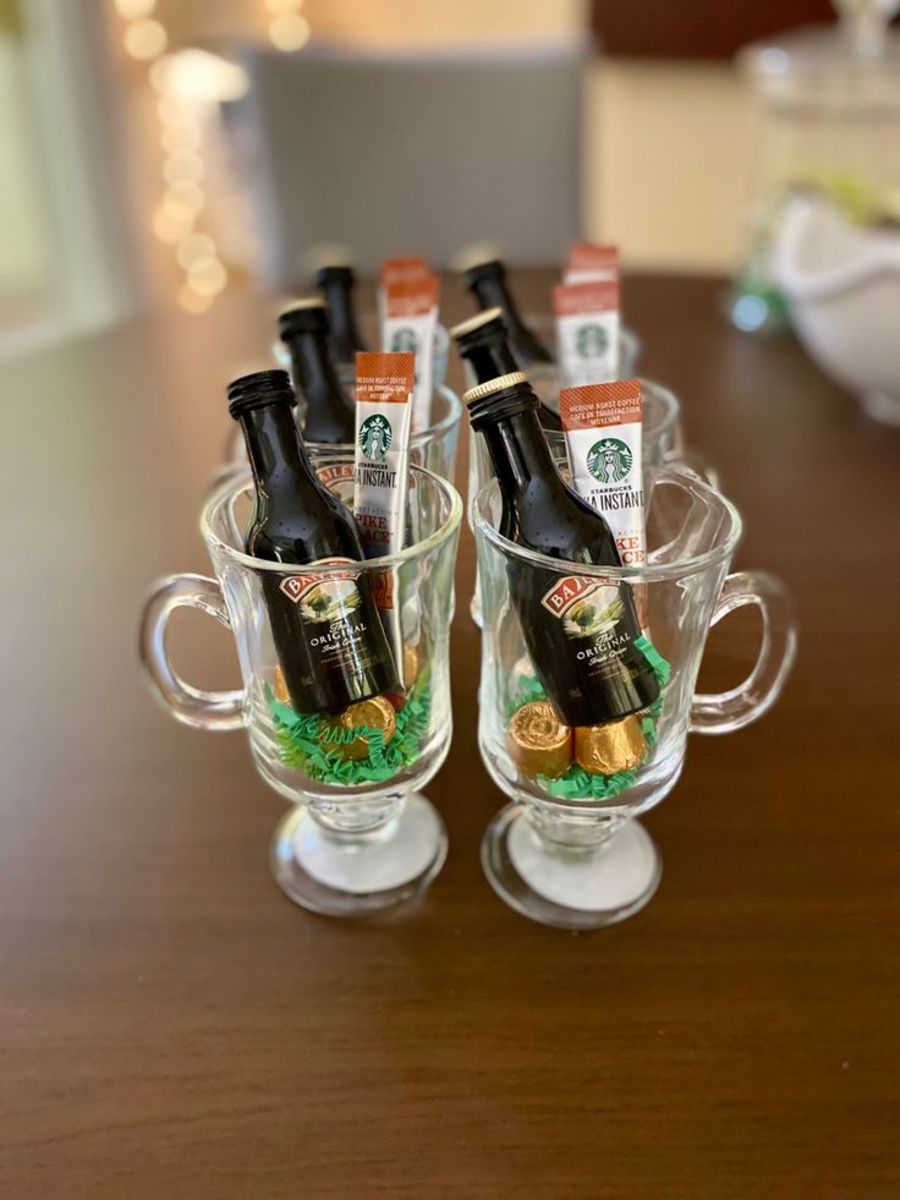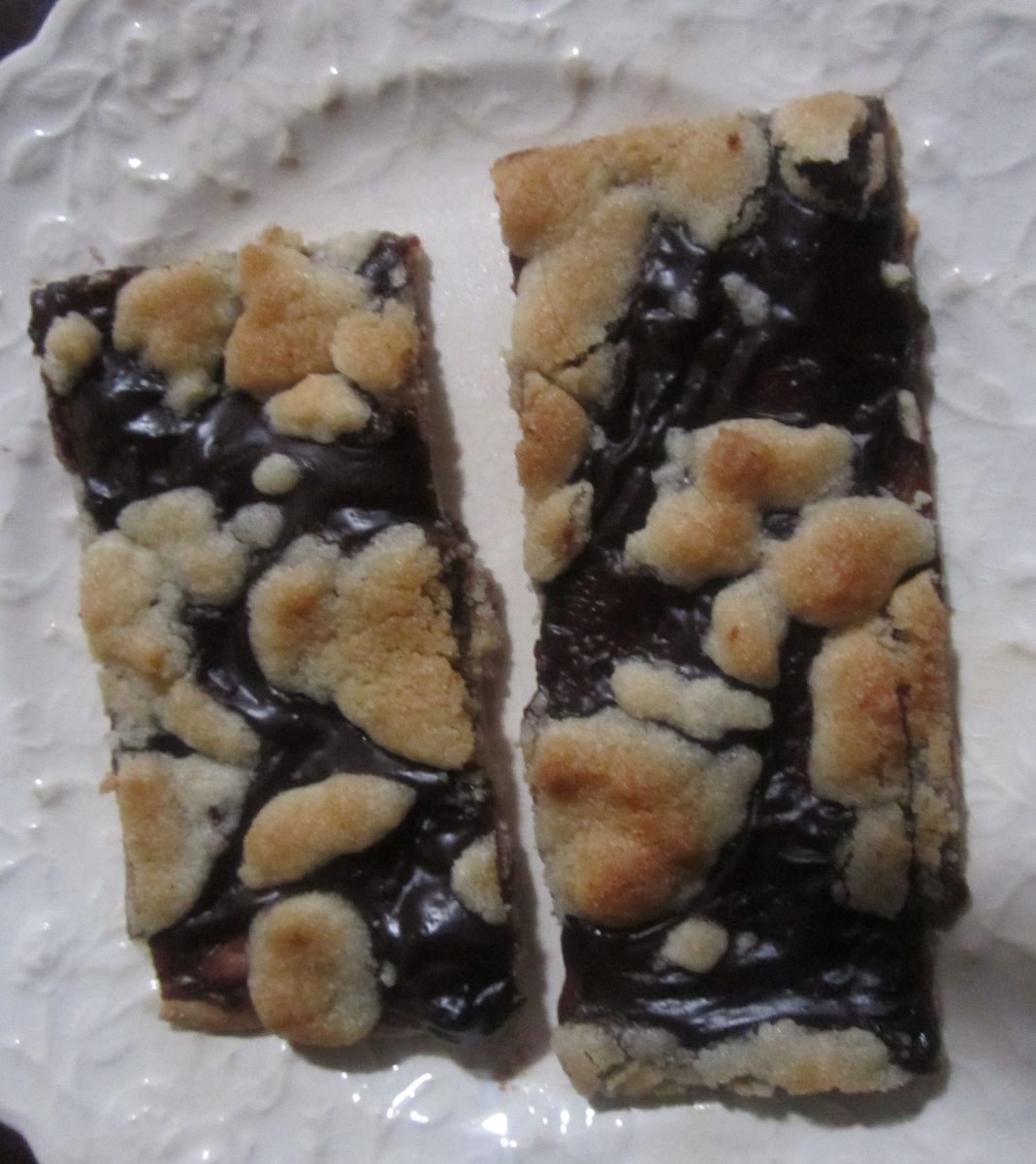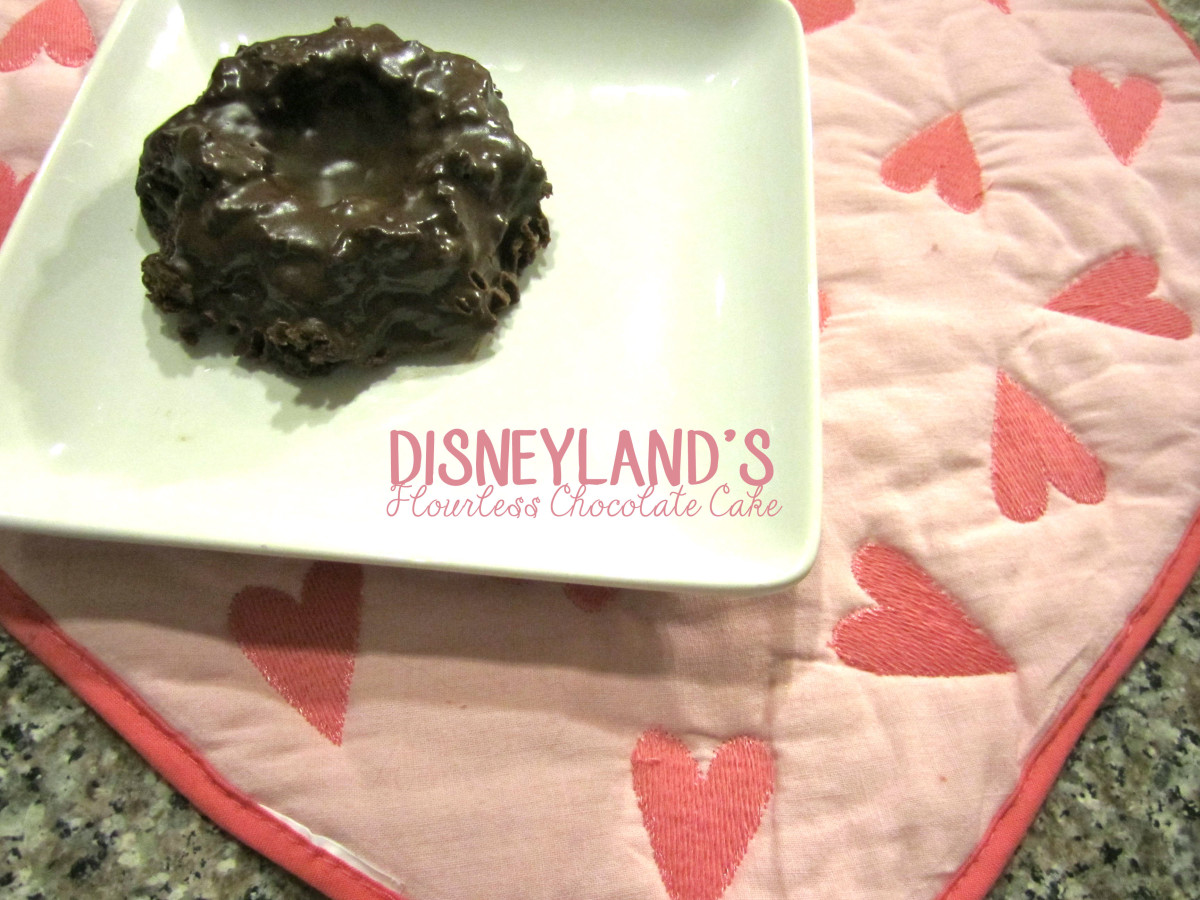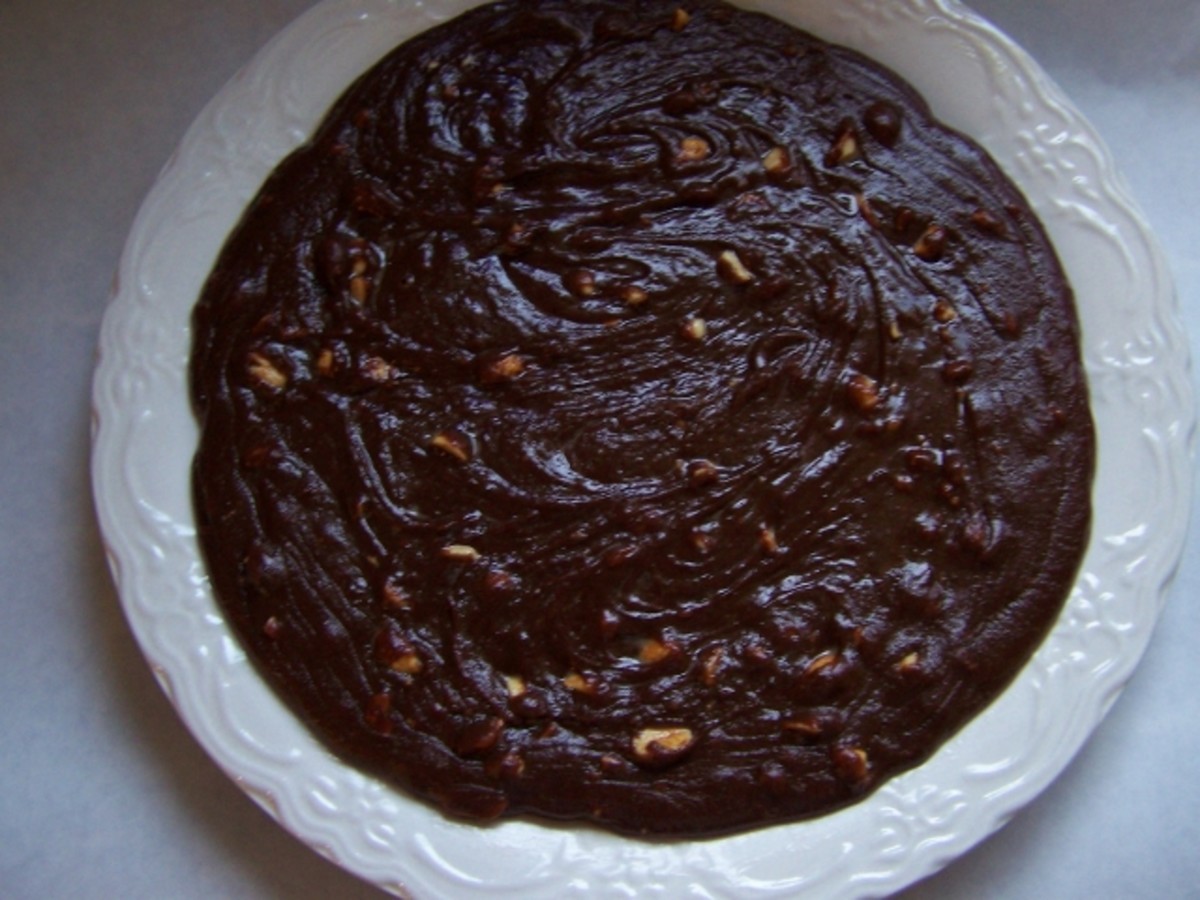Great and Important Things to Know About Chocolate: History and Beyond
"The chocolate is a perfect food, as wholesome as it is delicious, a beneficent restorer of exhausted power. It is the best friend of those engaged in literary pursuits." - Baron Justus von Liebig
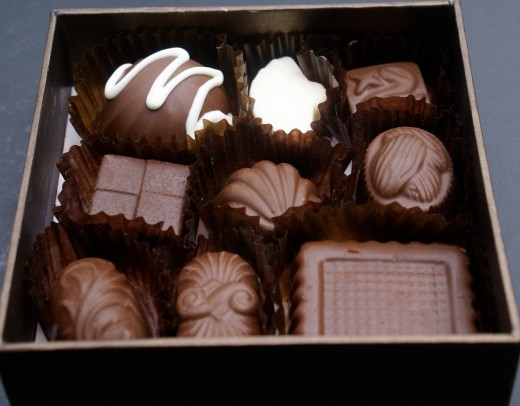
As the explicitness of a few of its many wonders, chocolate has been regarded as the "perfect food". Worshiped among the human populace, it had enticed millions of taste buds, still does, and will always do. Knowing the gratification a single piece of wholesome chocolate could bring, many people still do not know the origin of such pleasurable taste. Before euphoria takes over, let me give you a delectable tour to the chocolate "paradise" first.
"I often call chocolate as the best-known food that nobody knows anything about."- Alexandra Leaf, a self-described "chocolate educator" who runs a business called The Chocolate Tours of New York City
Have any of you wondered where all the chocolate, worldwide, came from? You grew up around them, so as your parents, the elderly, and their forefathers. Taking off a wrapper or a box unravels its discrete history; something which had long been gone but is delicately preserved in every inch of chocolate goodness. It was so long ago, a time when humanity sets off a journey of discovery through civilization, chocolate had played an important role in establishing economy and trade. Chocolate has served for many purposes. And the rest were documented history.
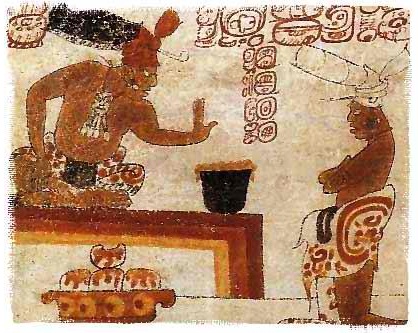
THE CHOCOLATE DRINK BEGINNING
The origin of chocolate dates back more than two thousand years ago, when there was an abundance of cacao trees in the South American region. The beans coming from these trees were used primarily as currency in purchase of goods and sustenance of trade. Hence, they are considered as valuable trading commodities. By then, certain amounts of cacao beans could be used to procure several goods or supplies. As a matter of fact, according to the recovered 16th century-old Aztec document, one hundred (100) cacao beans can be given in exchange of a quality turkey hen.
Chocolate is said to be anything that is derived or made from cacao beans. The sweet and solid chocolate that is known today had been existent only during the 1850's. Before such period, chocolate were uncompounded with sweeteners (yes, they were bitter) and were just basically made as a beverage. Liquid chocolate then is considered to be something more. It had been instrumental to the flourishing culture of early people. In fact, the two major primitive settlers in South America (as far as chocolate history is concerned), namely the Mayans and Aztecs, had believed that chocolate possesses mystic and divine properties. Such belief had elevated it in a position of fame as a major component in any of their sacred spiritual rituals and traditions.
Bet you won't imagine yourself drinking those bitter cups of chocolate, would you? So does the early Europeans! According to an old story, a certain Spanish explorer named Hernando Cortes, had discovered the primitive bitter chocolate by way of Montezuma's (an Aztec king) hospitality. The king had mistaken Cortes as a deity which prompted him to invite the Spanish explorer, together with his men, to a lavish banquet. The merry-making included a variety of festive delicacies from which chocolate beverages were included. When first served upon these Spanish conquerors, the bitter chocolate drink did not jibe with the type of gustatory discretion they had. They even described it as something more like "a drink suited for pigs"! However, when the liquid chocolate drink was mixed with cane sugar and honey, it tasted great. Later on, it became a hit all over Spain.
When the wonderful taste of chocolate (after adding on some sweetening agents, of course) was made known to the Spaniards, they kept the delectable secret on hold for a while. They held stewardship to the cacao beans at hand and were utilized pecuniarily, though they had dedicated more time in discovering other options for the chocolate that comes from them. The Spaniards considered and utilized chocolate as food and medicine. It was used to alleviate digestive problems, pain, and fever. Soon, chocolate had gone entirely widespread in outstretches of Europe.
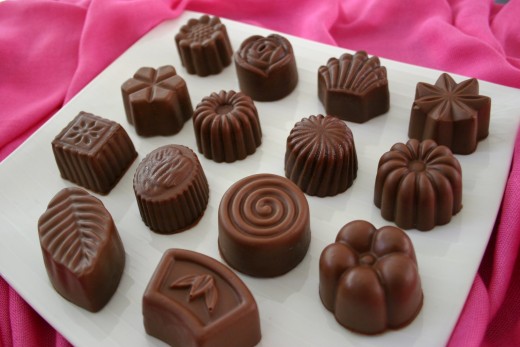
THE SOLID CHOCOLATE DELIGHT
From the previous liquid form, people had not known any other kind of chocolate composition until 1828 when a certain Dutch chemist devised a specific manner of deriving chocolate powder from its liquid form by removing its natural fat, called the cacao butter. The remnants of such procedure were then pulverized while the rest of the mixture was treated with alkaline salt compounds in order to eliminate the bitter taste inherent within the previous form of chocolate mixture. However, it was only in 1847 when someone named Josephy Fry came to discover a possibility to create a chocolate paste that can be molded by adding more melted cacao butter (rather than hot water) to the Dutch's chocolate mix which is composed of pulverized cacao or powder. Thus, the first solid chocolate bar was made, laying the earliest foundation in creating the modern chocolate bars that we know of today.
THE CHOCOLATE PROPELLERS
It was in 1875 when two men named Daniel Peter and Henry Nestle had created another important part of the chocolate history as they added condensed milk to the solid chocolate mixture. After which, the milk chocolate was created. Another account features a Swiss man named Rudolph Lindt, the one who had invented the ‘conch’. It was a machine that's made to produce chocolate in smooth consistency. And finally by 1907, the first batch of chocolate kisses was known. Thanks to Milton Hershey for building a factory which made all those treats possible.
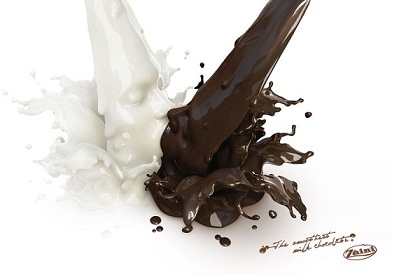
"I never met a chocolate I didn't like." - Counselor Deanna Troi from Star Trek: The Next Generation
Opening a box of chocolate is like opening up a Christmas present – every time is a delightful surprise! However, as you gobble a handful of those chocolate treats and sometimes let a pinch of them melt on your finger (So you can lick them again!), do you picture how they are actually made? Did you dare think how a crafty endeavor is done to create each piece of these priceless gastronomic treasures? The answer is right here. Continue reading on and let the creation begin!
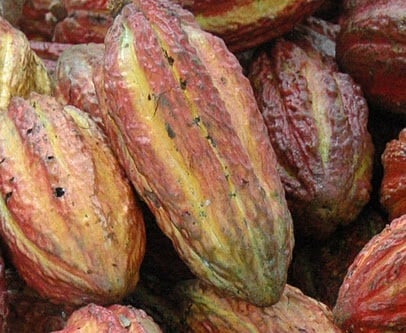
THE CHOCOLATE GENESIS
As the cacao beans arrive in the chocolate factory, they are sifted so as to eliminate unwanted or foreign materials that go along with them - dirt, rocks, or sharp objects. Next, the beans are weighed and sorted. The cacao beans are then roasted in enormous ovens for one to two hours with a temperature between 210 to 290 degrees Fahrenheit. The heat applied to the beans darkens them and brings out their utmost flavor and aroma. Then after, the shells of the cacao beans are cracked and blown off leaving just the crushed inner beans called the “nib”. They are the edible yet bitter parts of the cacao beans that will soon be made into chocolate. These cacao nibs, which were spared previously, are then crushed and ground to form a rich and thick paste known as the chocolate liquor. Given such a name, this chocolate paste does not include alcoholic properties though. Several ingredients are incorporated to the chocolate liquor to eliminate its bitter taste. Cocoa butter, sugar, milk, and vanilla are generally used for such incorporation. Adding them up to the said paste could also enhance its consistency. Next, the mixture is ran through a "conching" machine (such name was coined because of its resemblance to a conch shell) to further enhance and refine its texture, as how chocolate of today are known for. Further through the conching phase, additional cacao butter and soy lecithin can be added on to produce a more silky-smooth texture. This phase can last from several hours up to six days depending on the quality of chocolate the manufacturer wishes to produce. Finally, the chocolate is stirred, cooled, and heated back again - all these repeatedly done several times - to give the chocolate its usual smooth and glossy facade.
"Chemically speaking, chocolate really is the world's perfect food." - Michael Levine, nutrition researcher
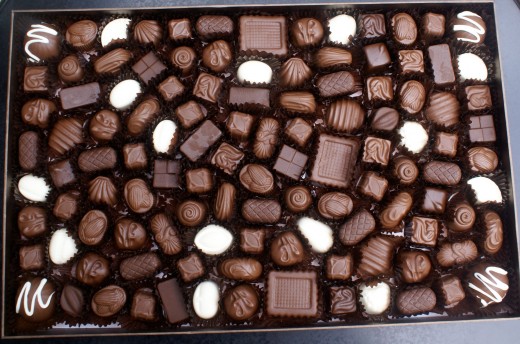
While most types of chocolates are attributed to high caloric content and weight gain, still there are many depicted health benefits derived from these sumptuous treats. Recent studies show that dark chocolates were proven to help combat hypertension. Because of its antioxidant property, it can also offer protection against cancers. The antioxidants present in dark chocolates act by taking up free radicals, which are highly unstable molecules that cause heart diseases, cancers, and other ailments. Other health benefits of dark chocolate include an anti-depressant effect (contains serotonin), the ability to give feelings of pleasure (promotes endorphin production), and a stimulating effect (from its caffeine and theobromine substances) that gives someone a burst of energy and alertness. Hmm, not bad!

THE CHOCOLATE CAREFUL CATCH
Unfortunately, along with the proven health benefits of chocolate comes the careful reiteration that dark chocolates are the only ones that were proven healthy and beneficial. In terms of antioxidant efficiency, milk chocolate is a definite 'out' in the list because its milk composition is said to interfere with the absorption of chocolate's innate antioxidant properties. As a word of caution for those who might now be running out of their houses and planning to binge on dark chocolates - STOP! Always remember that everything taken beyond moderation is bad to anyone's health. The above mentioned studies were conducted to participants with some controlled variables. Meaning, it's not always applicable to everybody. In case you want to incorporate a daily dose of your chocolate goodness in keeping yourself fit and healthy, be sure to consult your physician, nutritionist, and dietician FIRST in order to keep a balanced and moderated regimen.
"Don't wreck a sublime chocolate experience by feeling guilty. Chocolate isn't like premarital sex. It will not make you pregnant. And it always feels good." - Lora Brody, Growing Up on the Chocolate Diet
So better relish that piece of chocolate you have in your stash. Better yet, enjoy even life's smallest pleasures along with it. And you'll be surprised how exciting it could be, just as how thrilling it is to open a box of chocolate - you'll never know what you're gonna get.

